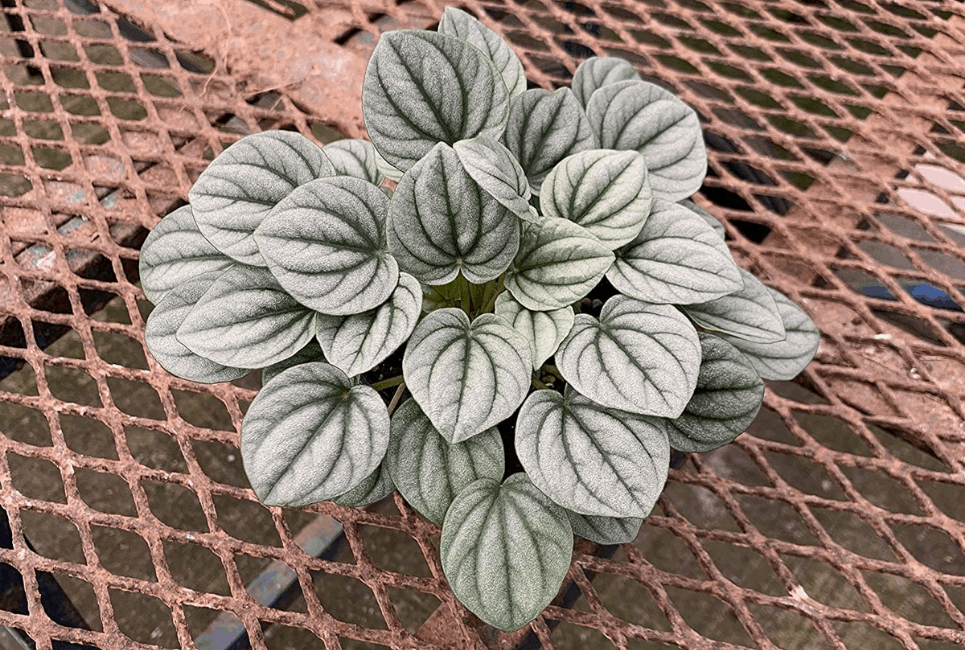- Ficus Pumila: Is This Vining Plant Too Needy For Your Time? - August 29, 2021
- Peperomia Frost: Why Peperomia Caperata Is The Perfect Indoor Plant - August 19, 2021
- Wax Begonia: Can Begonia Semperflorens Survive At Home? - August 18, 2021
Native to Central and South America, peperomia frost is most commonly found in the Brazilian rainforest. Its muted green heart-shaped leaves (giving the plant a frosted appearance, which is where it gets its name) make it a real beauty to look at.
Like succulents, Peperomia Caperata demands little from their owners while offering a lot in their attractive appearance, but technically they are known as epiphytes. This means they draw water from their humid surroundings; they are often called air plants because they get nutrients from leaves and debris rather than the ground.
In this article, we cover all that you need to know about peperomia frost, from growing conditions to companion plantings. So, if you’re looking for an easy-going house plant to start a new collection or complete an existing one, read on to find out more.
How to Identify Peperomia Caperata
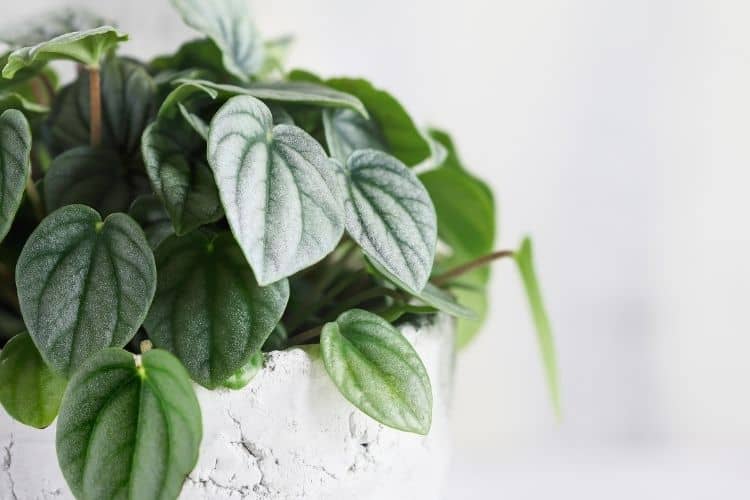
Peperomia frost is a compact plant, making it an ideal addition to any windowsill collection. Here are a few key features:
- Its leaves are deeply ridged, lending it a quilted appearance, and they are usually a deep green color, though they can sometimes have a purple tinge.
- Peperomia frost tends to grow between 8 inches tall and 8 inches wide.
- In bloom, its flowers are a greenish-white color.
- These flowers grow on spikes often referred to as ‘rat tails.’
In fact, there are several cultivars of Peperomia Caperata. This offers prospective plant owners a tremendous amount of choice when it comes to the appearance of their plant. The frosted variation is one option; another is variegata, which has white leaves with a splash of green.
How to Grow Peperomia Caperata From Seed
While success can never be guaranteed, especially since peperomia seeds are often hybrids, growing these plants can be immensely rewarding. We’re here to help with a few hints and tips to get your seeds growing in the best possible conditions.
- Sterilize your growing pots to prevent disease and select a soilless seed starting mix.
- Moisten the seed starting mix and then sow the seeds following the instructions on the packet.
- You should ensure the seeds are kept moist when they go through germination. We always recommend watering your seeds with a mister for greater control.
- Your peperomia seeds will need to be kept in a warm place, ideally a windowsill, until they germinate. For greater chances of success, try using a terrarium or humidity dome.
- Once the seeds grow shoots, and begin to develop leaves, you can transplant them into other small pots. This could take up to a month.
How to Propagate Peperomia Caperata
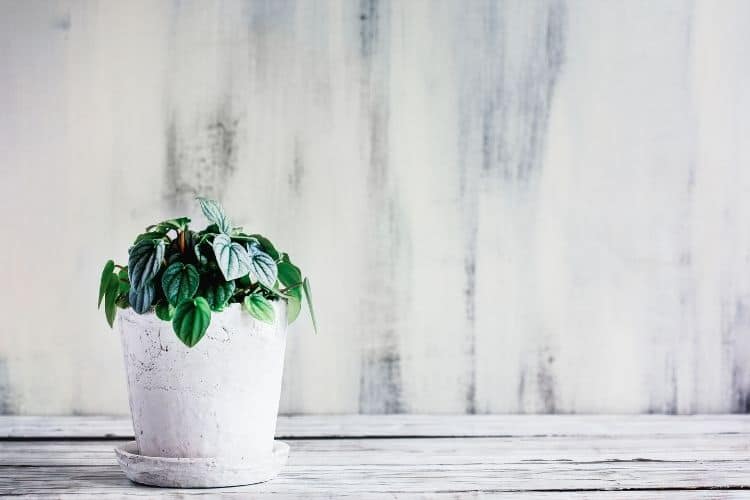
Growing peperomia frost from seeds can be challenging, so for those who want a greater chance of success, propagating from cuttings is another method to consider. For this, you can choose either leaf or stem cuttings.
From stem…
- Select a length of stem with two or more leaves. Ideally, this should be between 5-6 inches long. Sterile pruning shears or sharp scissors will give you a nice, clean-cut.
- You now have two options. The first is to root the cutting in water before placing it in a pot, with the highest success rate. The second is to propagate directly into the soil; this can be less successful but allows you to skip a step.
- When propagating into a pot, choose one with sufficient drainage holes and fill it with soilless potting mix before planting your cutting.
- Leave in a window that receives plenty of bright but indirect sunlight.
Peperomia Caperata Growing Conditions
Peperomia Caperata has specific requirements when it comes to temperature and humidity. An ideal temperature range is between 65-75°F. For maximum plant health, select a soil that drains well and keep humidity levels between 40-50%.
In its natural environment, peperomia frost encounters humidity levels as high as 90%, but it can tolerate lower levels than this. Hence, it makes an ideal houseplant. As a general rule, the thicker the leaves, the more able the plant is to handle low humidity.
During the summer months, if the air becomes particularly dry, it may be beneficial to spray your peperomia with a mister. This plant is a relatively slow grower that can handle small spaces. This means it is possible to delay repotting for a number of years if you choose to. However, the topsoil should be replaced yearly.
One important consideration is where in your home you should place peperomia frost. Always avoid spaces that are drafty or those where the environment fluctuates significantly (such as near a radiator/AC unit). This can place unnecessary stress on the plant.
How to Plant Peperomia Caperata
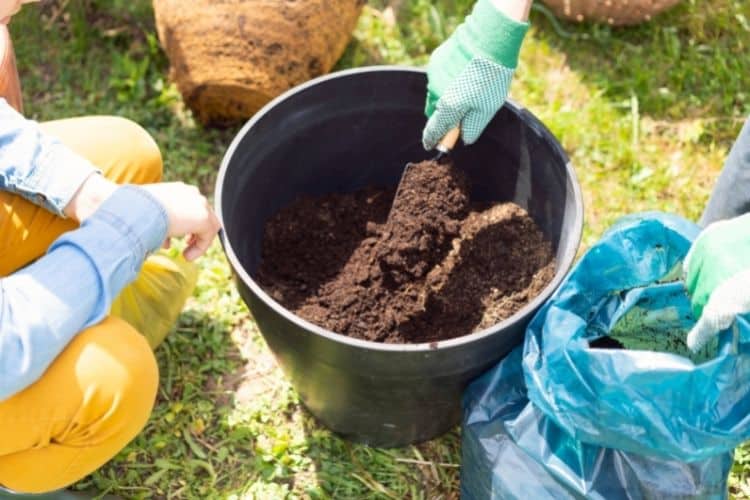
Like many epiphytic plants, peperomia frost has small root systems. In nature, it can usually be found growing on fallen or dead trees. As such, the roots benefit from being exposed to plenty of air or soil that is well aerated. When it comes to planting or repotting, you should be aware that peperomia frost favors small spaces; if you are moving up in pot size, you should do so very slowly.
- Gently remove the plant from its current pot. This can be challenging if it is particularly rootbound, but try to take your time and be as delicate as possible.
- Try to untangle any roots, then dust off excess soil.
- Fill a new pot with soil, ensuring there are sufficient drainage holes.
- Ideally, your plant wants to sit at the same depth in the new pot. Fill the rest of the space with soil, but keep it loose rather than packing it in.
- Finally, water the plant in its new pot.
Read More: Peperomia Ruby Cascade: Is This Plant Perfect For You?
Peperomia Caperata Potting & Soil
Peperomia frost plants will thrive in a soilless potting mix as this closely resembles their natural environment. A good rule of thumb is to give a 50/50 mix of organic to non-organic material. For example, peat and perlite are an excellent combination.
Adding a layer of pebbles at the bottom of the pot will help you when it comes to repotting. If you need guidance choosing a pot, we have a handy guide to help you find the best value. Organic matter tends to improve water retention, keeping the roots warm, moist and humid. Ideally, your soil should be slightly acidic, with a pH somewhere around 6 or 7.
Peperomia Caperata Water Requirements
Perhaps the most important aspect of peperomia frost care is watering – specifically, you need to manage the threat from overwatering. The soil must always be moist, but if it gets waterlogged, this can lead to serious issues for your plant.
Allow the soil to dry out by about 50% before watering; this will be beneficial for the root systems. To check water levels, push your index finger 1-2 inches into the soil rather than trying to guess by sight alone.
You can perform a simple test to check your soil and pot are appropriate in terms of maintaining the correct moisture level. Drench the soil, and if the water runs out of the pot’s drainage holes in seconds, this is a good sign. If it seems to take a long time, you should look into purchasing soil that has better drainage qualities.
Top Tip: There are a range of apps for your phone which can help you remember when your plants need watering or feeding.
Peperomia Caperata Light Requirements
Avoid bright, direct sunlight at all costs as this can seriously harm peperomia frost plants. Their leaves can burn in bright light.
Instead, place your plant in a spot where it will receive indirect sun. East-facing windows are often a good choice.
For outdoor peperomia plants, try to position them alongside or even beneath the foliage of other plants to shield them from the brightest light. If this is not possible in your garden, you can purchase a shade cloth.
Peperomia Caperata Fertilizer
Particularly for epiphyte plants, organic food is the best way forward. Fortunately, you can tackle this aspect of care when you first plant your peperomia frost by including manure and other organic, nutrient-rich substances.
However, if you would prefer to carry out plant feeding in the usual way, there are a few organic liquid fertilizers available on the market, including ones that are specifically high in nutrients.
Best Peperomia Caperata Companion Plantings
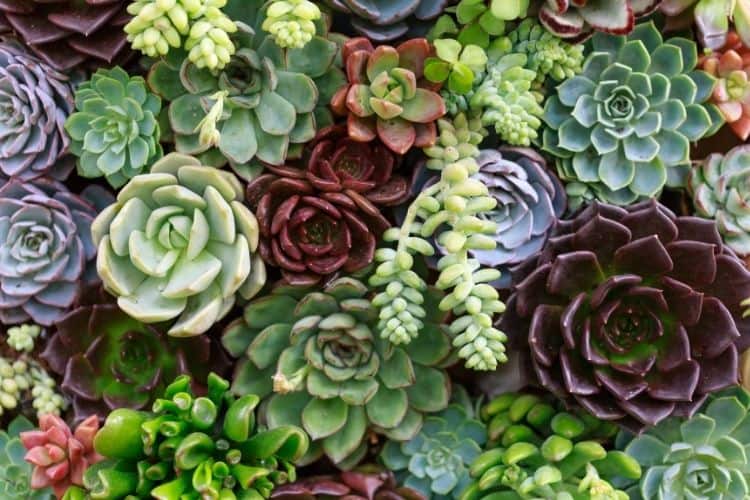
As we mentioned earlier, Peperomia Caperata is similar to many succulent plants and also enjoys the same growing conditions. If you are looking for other visually appealing but ultimately low-maintenance houseplants, we have a guide to the different varieties of succulents that are available.
Other types of peperomia are equally as attractive and often unusual in their appearance, so many people keep them as companions. If you are interested in starting a collection, we have compiled a couple of quick articles to help:
- Why the Felted Peperomia is Perfect for Indoors.
- Peperomia Ginny: Why this Type of Peperomia is so Special?
Peperomia Caperata Diseases and Common Problems
If you ensure your peperomia frost plant is kept in the perfect conditions listed above, you should be able to avoid any issues when it comes to pests and diseases.
However, we know that in some cases, this is easier said than done. That’s why we’re going to talk you through the most common problems and how to treat them.
Pests
- Mealybugs (Pseudococcidae). These pests can be found at the roots.
- Aphids (Aphidoidea). These destructive pests are known for their sap-sucking and are an extremely common issue for peperomias.
- Scale (Coccoidea). Once in place, these insects become immobile and, like aphids, they begin feeding on the plant’s sap.
Diseases
- Cercospora Leaf Spot. This is the most common infection peperomia frosts tend to encounter. It’s recognizable by irregular raised areas on the underside of leaves, which can be yellow or brown.
- Phytophthora spp. and Pythium spp. These fungal infections cause your plant to rot; both roots and stems can be affected.
Peperomia Caperata Treatments and Maintenance
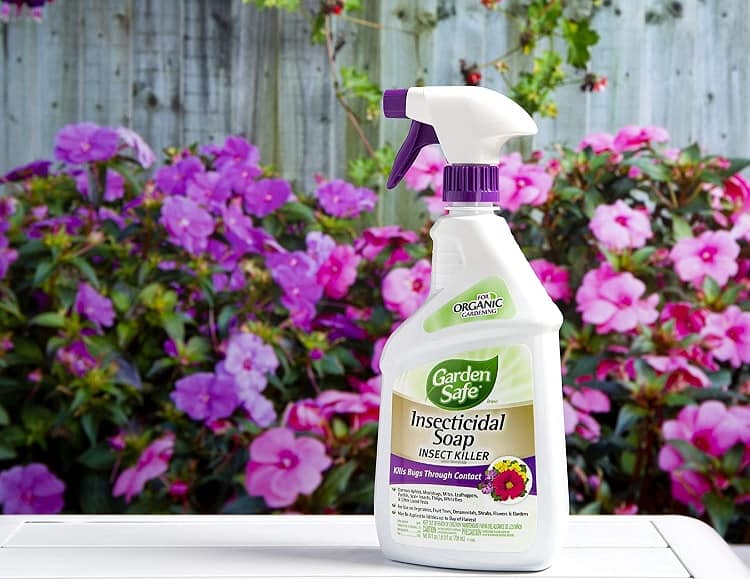
Insecticidal soap sprays help to eradicate pests. Fungal infections can also easily be dealt with by using fungicides.
When carrying out these treatments, it’s important to remove any damaged material from the plant first to prevent recurring problems. The key to avoiding pests and diseases is to always use sterilized plant pots and equipment.
By being cautious with the amount of light, water, and humidity your peperomia frost is exposed to, you can maintain the plant’s health.
Where to Buy Peperomia Caperata Seeds Online
It can certainly be a challenge to source peperomia frost seeds online. We recommend searching on Amazon. However, if you are unable to find any and still want to grow this beautiful plant, try purchasing a mature Peperomia Caperataso you can propagate from cuttings.
FAQs
Question: Is Peperomia Caperata poisonous?
Answer: Peperomia frost is safe to ingest for humans and animals alike. Some cultivars are even added to salad! However, it is better to be safe than sorry; we recommend keeping these plants away from young children and pets.
Question: What’s the Difference Between Peperomia Plants and Succulents?
Answer: Although peperomia frost plants are similar to succulents in many ways, including the appearance of their leaves, the key difference is their humidity requirements. Succulents need much less humidity than epiphytes. To find out more about succulents, check out our recent article, all about the different varieties.
Question: Why are the Leaves of my Peperomia Caperata Discolored?
This is a sure sign of nutrient deficiency. Like humans, plants also require balance. Seek out a fertilizer that is specifically designed to offer the full range of nutrients. Typically, most plants need 10% nitrogen, phosphorus, and potassium, as well as a range of micronutrients.
Where to Buy Mature Peperomia Caperata Online
You can purchase mature peperomia frost plants from Amazon, where they are available in a range of sizes and pots, including 4 inches and 6 inches.

